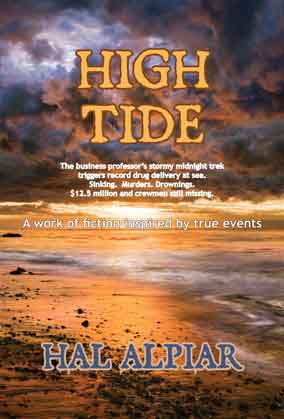Apr 25 2010
Do-it-yourself NEWS RELEASE (Part I of II)
Why pay fees
if you have time
to nurture the
media and the
ability to sound
newsworthy?
Here are some of the unwritten rules of the game that can help you gain media exposure.
Right off the bat, realize that because news coverage is free, whatever you submit is subject to the trade-off of arbitrarily being discarded, deleted, completely re-written, misquoted, even twisted to set up a favorable impression of your biggest competitor!
Be aware that many trade, professional, and small-time community publications will demand advertising space purchase before they’ll consider printing your release (or before they’ll consider mentioning you or your company, or noting key points from your release in another separate story).
Start out by mentally putting yourself in the shoes of those who are likely to receive your news release: writers, editors, and publishers. None of these people are likely to be getting paid commeasurate with their training and experience. It is also 100% at their discretion as to whether anything you submit gets accepted.
So they are interested in placing news releases that require minimal rewriting; the more time they have to devote to your release, the less likely it will get coverage. Each of the news channels these folks represent is probably stretched tight, highly budget-conscious, and perhaps even on the verge of shut-down.
More than ever, media writers and editors need to justify giving up online attention, or print space, or broadcast time to news release coverage, and that translates to the fact that the news must be worthy. Thinly-disguised sales pitches get tossed.
Besides being newsworthy, being professionally written with minimal editing needs, your release cannot be a one-time, stand-alone document. You need to establish an ongoing relationship and have media professionals recognize that your releases are part of a commitment to an ongoing series of releases — two or three a month usually accomplish that.
Don’t expect any response to your first or second release. If you get some, great; you’re ahead of the game, but many editors and writers want to make sure you’re serious enough to stay around; they don’t like one-night-stand PR efforts.
Your news doesn’t have to be earth-shattering. Try: community fund-raising participation or activity sponsorship; a new product or service offering or new application of an existing product or service; an employee promotion or accomplishment; a professional or industry association membership, stance, recognition or certification; an expansion, consolidation, partnership, alliance or affiliation; etc.
Personalize your cover note with every release you send out as much as possible: “I saw your story about local entrepreneurs last week in The Cape Gazette and thought you might be interested in the attached release about two area teachers who started a new educational services business just six miles from your office. Thank you for your time and consideration.”
Include at the end of the 1.5 page double-spaced release mailed or hand-delivered to print and broadcast media, or your .75 page single-spaced release and photo emailed, a name and phone number and email address preceded by a small “Contact:” at the end of each release so the recipient knows how to follow up if there’s interest in knowing more.
Do not expect copies of anything that does manage to get coverage; it’s your responsibility to find it!
TOMORROW: How to write it and where to send it!


